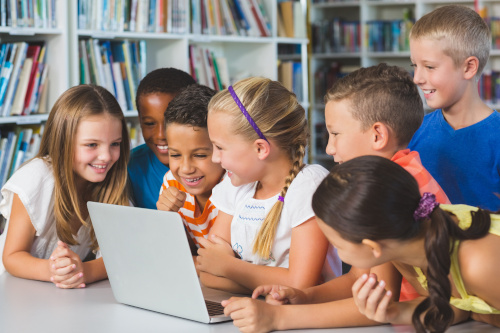
What are inclusive learning environments, anyway? Putting a definition on this complex concept is deceptively tricky. Environments aren’t just spaces that we exist in; they also encompass the culture in that space. Here’s how I define it:
An inclusive environment is a place where I can see myself, where I’m represented as a human being—and as a learner. It’s a space that feels as if it were designed specifically for me, where I know my voice will be heard and respected.
The pandemic exacerbated inequities in education, but it also put a spotlight on them. Instead of returning to the “normal,” pre-pandemic version of school, I propose that school, district, and classroom leaders take this opportunity to shape a new system—one that’s effective for every student.
To create inclusive learning environments, educators can leverage the principles of Universal Design for Learning (UDL).
What is Universal Design for Learning?
UDL is not another program that teachers have to shoehorn into their already-crammed day–rather, it is a process and framework to help educators ensure they are reaching all learners. Think of UDL as an operating system, of sorts, for your classroom, school, or district. The goal of this system is deceptively simple: make education work for as many students as possible.
Applying UDL in the classroom
To effectively use the UDL framework, educators musttake time to self-reflect, consider what barriers exist, and what changes can be made to remove them.
This can be as simple as letting students choose from a variety of formats for lessons and assignments so that each can learn new content and show what they know in optimal ways. For example, learners could have the option to write an essay or choose to present it orally. Students could decide whether they’d like to read that day’s material from the textbook, or view a video summarizing the content.

